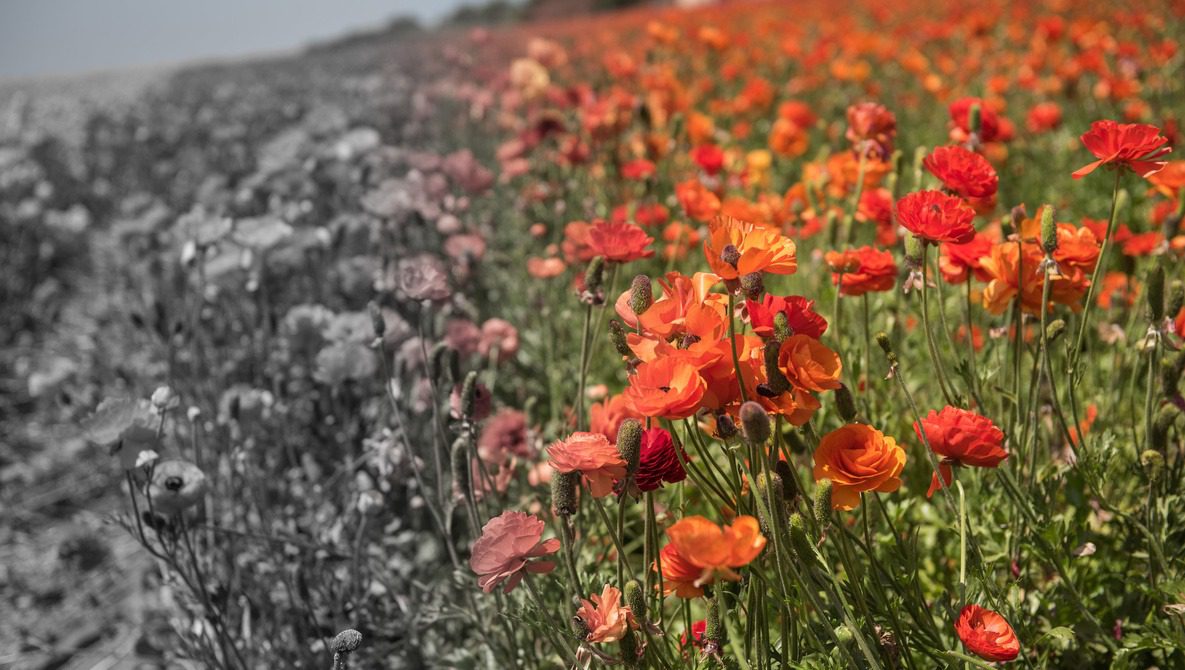
There are many ways to skin a cat (please don’t skin cats) but you’re never too old or experienced to learn new techniques, and this is a good one.
Compositing two or more images together can be tricky as there are a number of considerations to take into account; perspective, direction of light, white balance, and so on. When you’re compositing elements into an image, inevitably the biggest issue you’ll encounter — and the one that so often separates good composites to fake looking ones — is light. The aforementioned direction of light is important, but not always crucial; in many shots you’ll have multiple light sources. The primary concern is that of exposure. Even if your scene and the object you’re looking to composite into it are similar exposure values, they’re unlikely to be uniform across the board.
In this video, Unmesh Dinda of PiXimperfect, gives you a comprehensive step-by-step tutorial on how to use the inverse curve technique for painting light. While I’ve always used similar techniques, this is an effective method as shown on an image vastly different in almost all levels to the person being composited into the target image.
Have you used the inverse curve technique before? Do you prefer another route?




